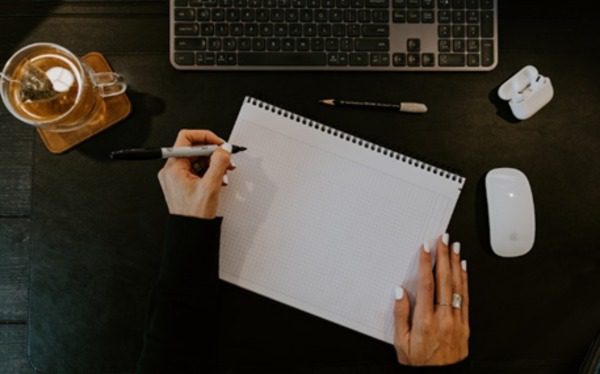Summary of Inpc: Implicit Neural Point Clouds For Radiance Field Rendering, by Florian Hahlbohm and Linus Franke and Moritz Kappel and Susana Castillo and Martin Eisemann and Marc Stamminger and Marcus Magnor
INPC: Implicit Neural Point Clouds for Radiance Field Rendering
by Florian Hahlbohm, Linus Franke, Moritz Kappel, Susana Castillo, Martin Eisemann, Marc Stamminger, Marcus Magnor
First submitted to arxiv on: 25 Mar 2024
Categories
- Main: Computer Vision and Pattern Recognition (cs.CV)
- Secondary: Graphics (cs.GR); Machine Learning (cs.LG)
GrooveSquid.com Paper Summaries
GrooveSquid.com’s goal is to make artificial intelligence research accessible by summarizing AI papers in simpler terms. Each summary below covers the same AI paper, written at different levels of difficulty. The medium difficulty and low difficulty versions are original summaries written by GrooveSquid.com, while the high difficulty version is the paper’s original abstract. Feel free to learn from the version that suits you best!
| Summary difficulty | Written by | Summary |
|---|---|---|
| High | Paper authors | High Difficulty Summary Read the original abstract here |
| Medium | GrooveSquid.com (original content) | Medium Difficulty Summary The new approach for reconstructing and synthesizing real-world scenes combines the benefits of volumetric neural fields and grid-based models, introducing a hybrid scene representation that encodes geometry in an octree-based probability field and view-dependent appearance in a multi-resolution hash grid. This allows for extraction of arbitrary explicit point clouds, which can be rendered using rasterization. The method achieves state-of-the-art image quality on common benchmarks while retaining fast rendering and preserving fine geometric detail. |
| Low | GrooveSquid.com (original content) | Low Difficulty Summary This new approach makes it possible to reconstruct and synthesize real-world scenes more accurately than before. It uses a special kind of map that shows where objects are in the scene, and another map that shows what they look like from different angles. This lets us create detailed 3D models of anything we want, which can be used for all sorts of things like video games or movies. |
Keywords
* Artificial intelligence * Probability




